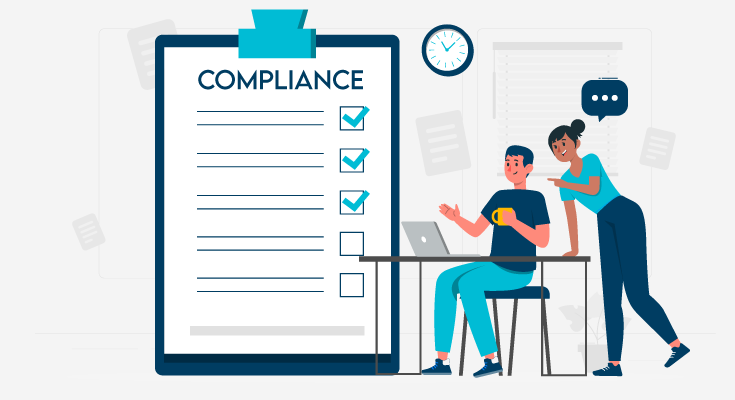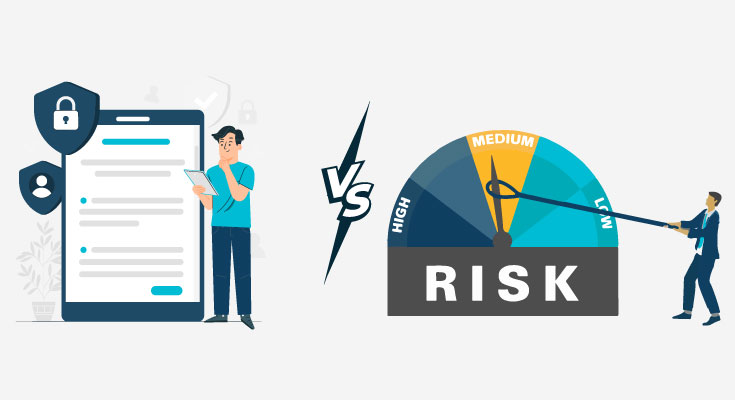Businesses must stay compliant with all emerging regulations, not just for legal reasons, but also for keeping themselves afloat. One important regulation businesses must comply with is the PSD2 compliance, also known as the Revised Payment Services Directive.
The EU enforces PSD2 and the regulation aims to improve consumer protection. The second part of the regulation is igniting competition within the payment services industry.
PSD2 is a step above PSD1 as it requires new things from financial institutions and consumers.
Primary Aspects of PSD2
The Payment Services Directive (PSD2) regulation has some key pillars that every financial institution needs to follow:
- Access to Account (XS2A)
PSD2 compliance requires banks to open their payment infrastructure to third-party providers, this allows TPPs to initiate payments or access account information with the customer’s consent.
This new regulation aims to ignite competition and innovation among financial institutions.
- Strong Customer Authentication (SCA)
PSD2 also introduced an authentication requirement for electronic payment to reduce the risk of fraud. This also involves using independent verification factors such as:
- Knowledge (passwords)
- Possession (mobile devices)
- Inherence (biometrics verification)
So let’s say a user wants to make an online purchase over €100, they’ll have to verify their identity using a password and a code sent to their mobile device. This added layer of authentication ensures customers can make their transactions seamlessly & safely.
- Enhanced Consumer Rights
PSD2 also aims to give consumers more control over their payment disputes and unauthorized transactions and to grab more explicit charges and terms. This new approach aims to teach financial institutions to focus more on a consumer-centric approach.
Let’s take an example – If a customer notices an unauthorized transaction on their bank statement, PSD2 ensures they have clear knowledge to dispute the charge and receive a quick resolution.
How PSD2 Impacts Financial Institutions?
As for financial institutions, PSD2 will have a huge impact. It requires them to adapt to new operations and they will have to face technical challenges:
- Increased Competition – With TPPs being able to initiate payments with consumer’s consent, banks will face increased competition for customer loyalty and transaction volumes. Institutions that embrace collaboration with FinTechs will be able to take advantage of the increased competition.
- Investment in Technology: The PSD2 regulation requires banks to improve their API integrations, increase security measures, and comply with SCA requirements. Financial institutions need to invest in scalable technological solutions that can carry them into the future.
- Customer-Centric Innovation – By using open banking APIs, banks and other institutions can take customer experience to the next level. This involves personalized financial advice, easy payment processing, and real-time transaction monitoring.
Other Major Changes That Will Come with PSD2
Beyond basic operational impacts, PSD2 will have some impacts on the industry:
- Data Privacy & Consent – PSD2 builds up on PSD1 and enhances the importance of data privacy and informed consent, offering better control over their financial data. Businesses and financial institutions need to implement transparent data practices and consent management frameworks to comply with the regulations
- Global Implications – While PSD2 is an EU regulation, it will influence regulatory frameworks worldwide. Institutes that operate globally need to adapt to varying compliance requirements and ensure everything is up to standard.
Conclusion
PSD2 compliance offers a unique opportunity for financial institutions to innovate, offer a more consumer-centric approach, and build stronger consumer-business relationships. Institutions that focus on PSD2 compliance with heart will be able to leave the competition behind.














